TOWARD AN INTEGRATED, MULTI-SECTORIAL, SUSTAINABLE AND PARTNERSHIP-BASED APPROACH
On 16 September 2015, the 53 Member States of WHO/Europe acknowledged the need for action by implementing the new physical activity strategy for the WHO European Region 2016-2025[1].
Conscious of the importance of physical activity as a leading factor in health and well-being, FESI and it’s Members have been actively involved in the promotion of sport and physical activity, namely through their latest contribution to the successful first ever European Week of Sport and the promotion of the EU Physical activity guidelines[2]. In this sense, the Sporting Goods Industry fully supports the priority areas of the strategy, as they are very similar to the two asks (creation of early positive experience for children and integration of physical activity into everyday life) of the Designed to Move report, as endorsed by FESI.
Furthermore, in order to transform words into concrete actions, FESI and 10 esteemed sport related organisations have paved the way by creating the House of Sport in Brussels. This is an important first step toward a sustainable and holistic approach of the promotion of health enhancing physical activity and which should serve as an example for various levels of government and sectors when integrating different policy levels such as urban planning, transport, education, health and sports.
DECREASING LEVELS OF PHYSICAL ACTIVITY IN EUROPE
As rates of overweight and obesity are rising dramatically, the report estimates that, for a population of 10 million people of whom 50% are insufficiently physically active, the cost is €910 million per year. In order to combat this phenomenon, FESI warmly invites governments and stakeholders to foster the level of physical activity among all citizens of the European Region. As FESI President Luca Businaro said: “Promotion of Sport is something our members do every day, but no one can reach out to the entire civil society on its own. It is therefore crucial that all actors unite their efforts in doing so.” [1] For the full report, see : http://www.euro.who.int/__data/assets/pdf_file/0010/282961/65wd09e_PhysicalActivityStrategy_150474.pdf?ua=1
[2] http://ec.europa.eu/library/policy_documents/eu-physical-activity-guidelines-2008 en.pdf

